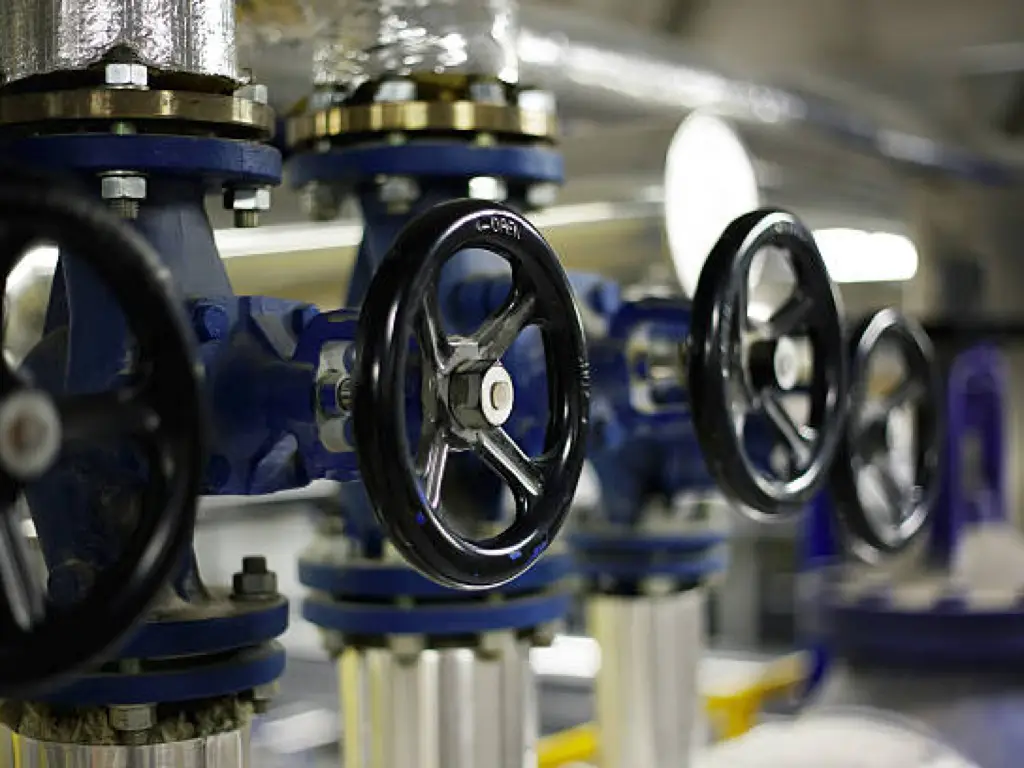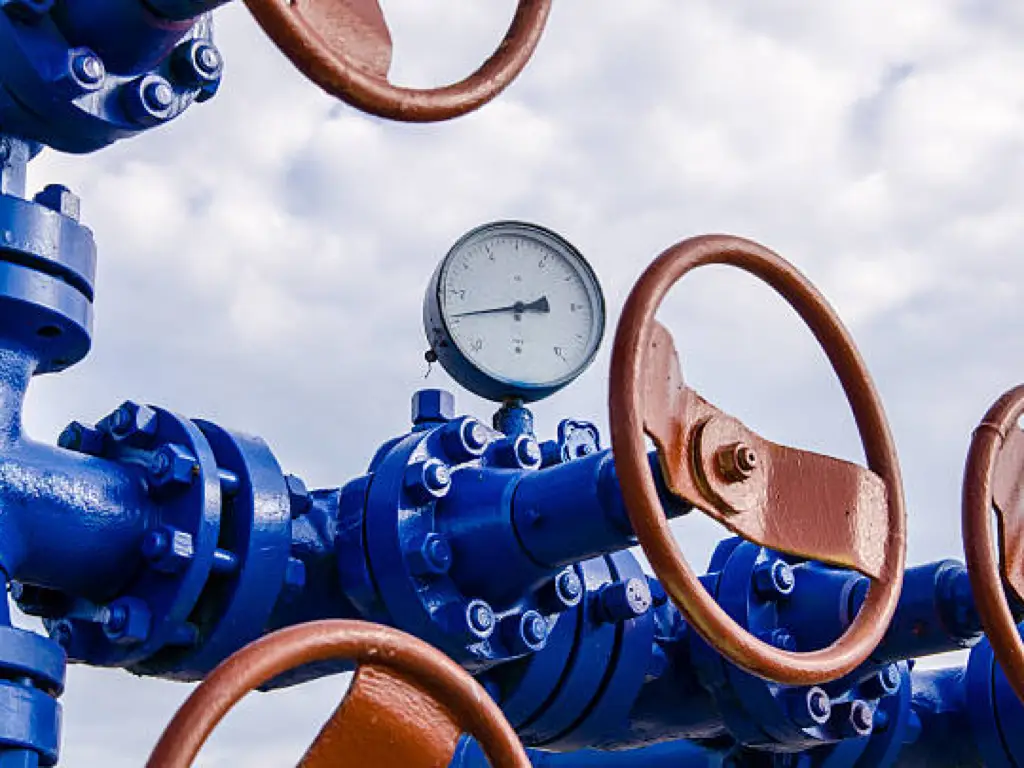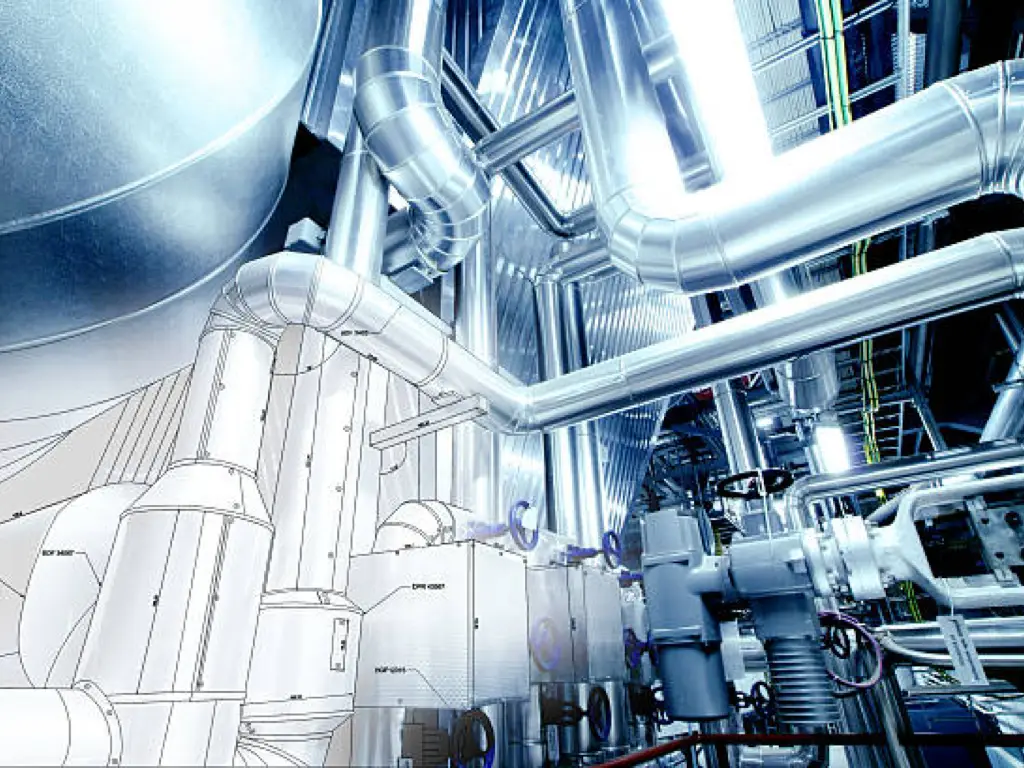What Are Control Valves?
Control valves, a key component in any pipeline or industrial automation setting, direct the flow of fluids such as gases, liquid, or a mixture of particles and fluid by varying the size of the pathway through which the fluids flow based on a signal from a controller. The question “control valves should always be in the what position” arises more often than one would think, and the answer heavily depends on the valve type, operational requirements, and system pressures.

Control valves operate as the final control element in a control system and directly influence flow rate, which, as a result, impacts other process quantities such as pressure, temperature, and liquid level. The correct valve position, whether closed or open, directly affects the differential pressure and flow of a fluid, which is crucial for efficient operation.
Types of Control Valves
As we journey into exploring the question, “control valves should always be in the what position”, it’s important to understand that different types of control valves are best suited to particular positions and applications due to their distinct properties and functionalities.
| Control Valve Type | Key Features |
| Globe Valve | Most common and versatile type of control valve, characterized by a movable disc-type element and a stationary ring seat in a generally spherical body. |
| Ball Valve | Allows for tight shut-off and low pressure drop operation for a wide range of applications. Notable for its spherical closure unit. |
| Butterfly Valve | Features a simple construction, characterized by a disc that rotates within the valve body to open or close the flow path. |
| Gate Valve | Primarily used to permit or prevent the flow of liquids, featuring a flat closure element that slides into the flow stream to provide shut-off. |
| Diaphragm Valve | Utilizes a diaphragm as the throttling element. Suitable for handling corrosive fluids and provides excellent sealing capabilities. |
| Plug Valve | Known for its cylindrical or conical plug with one or more horizontal ports. Ideal for on-off stop valves and can provide tight shut-off. |
| Pinch Valve | Used in slurry applications and feature a design where the flow is pinched off to control the flow rate. |
| Pressure Relief Valve | Designed to protect systems against overpressure by releasing excess pressure when a preset limit is reached. |
| Check Valve | Automatically opens with forward flow and returns to the closed position to prevent backflow when the fluid reverses direction. |
| Needle Valve | Offers precise control of flow rate and features a high-pressure resistance due to its unique design. |
Based on the pressure drop profile
There are high recovery valves and low recovery valves. High recovery valves, including butterfly, ball, plug, and gate valves, typically recover most of the static pressure drop from the inlet to the outlet, characterized by a lower recovery coefficient. Conversely, low recovery valves, such as globe and angle valves, regain little of the static pressure drop, resulting in a higher recovery coefficient.
Based on the movement profile of the controlling element
Control valves can be categorized as sliding stem or rotary based on their movement profile. Sliding stem valves — such as globe, angle and wedge-type gate valves — have valve stems/plugs that move in a linear or straight-line motion. On the other hand, rotary valves (e.g., butterfly and ball valves) have valve discs that rotate.
Based on functionality
The functionality of control valves can also be diverse, accommodating different needs. Control valves manage flow parameters proportionately to an input signal from the control system. The shut-off/On-off valves function either fully open or closed. Check valves allow flow only in a single direction, and Steam conditioning valves regulate the pressure and temperature of the inlet media to fit the required parameters at the outlet.
Based on the actuating medium
Lastly, control valves can also be sorted based on their actuating medium, which can be manual, pneumatic, hydraulic, or electric. Manual valves function by the turn of a hand wheel, pneumatic valves use a compressible medium like air, hydrocarbon, or nitrogen with a spring diaphragm, piston cylinder or piston-spring type actuator, hydraulic valves apply a non-compressible medium such as water or oil, and electric valves engage an electric motor for operation.
How to Operate Control Valves?
The operation of control valves is determined by several considerations, including the system’s requirements, the type of controlling element, the actuating medium, and the pressure drop profile.

The opening or closing of automatic control valves is usually achieved by electrical, hydraulic or pneumatic actuators. Typically, with a modulating valve, which can be set to any position between fully open and fully closed, valve positioners are used to ensure the valve attains the desired degree of opening. Proper installation and understanding the minimum flow, maximum flow, minimum pressure, and control signal are necessary for the process, contributing greatly to prolonging valve life and preventing valve failure.
Six Modes of Control Valves Fail Positions
Control valves can fail in various modes, which can impact the system’s safety and functionality. Understanding these modes can help to better answer the question “Control valves should always be in the what position?”. Here are six common fail positions:
Fail Open(FO)
When a control valve is configured to fail open, it means that the valve will be in its fully open position in the event of a failure, such as loss of air supply or control signal. This position is usually adopted in processes where the primary concern is the flow of the fluid, preventing potential damage from overpressure or ensuring the availability of essential resources like water and steam. For example, in an engine cooling system, the control valves should always be in the fail-open position so that the engines don’t overheat.
Fail Closed(FC)
Fail closed is the opposite of fail open, as it configures the control valve to remain fully closed when a failure occurs. This mode is suitable for situations where stopping the flow of a fluid is essential for safety or process considerations. An example could include a hazardous chemical plant where cutting off the flow of a toxic substance upon failure is crucial to prevent any potential spills or accidents.
Fail Locked(FL)
When a control valve is designed to fail locked, it will maintain its last set position in the event of a failure. This mode is often employed in processes where maintaining a specific flow rate or fluid temperature is critical to ensuring product quality or process efficiency. This can be particularly relevant in applications like temperature control systems for reactors, where a precise balance between cooling and heating is necessary to maintain stable conditions.
Fail Indeterminate
In a fail indeterminate mode, the final position of the control valve upon failure is unspecified. This situation typically occurs when designers have not considered the appropriate fail position during the design process, or when an appropriate fail position cannot be reliably predicted. While less common in well-designed systems, it still serves as a reminder that proper installation and selection of control valves are crucial for ensuring a truly fail-safe system.
Fail Last/Drift Open(FL/DO)
In the fail last/drift open mode, the control valve initially remains in its last position upon a failure. However, as fluid continues to flow, the force of the fluid eventually pushes the valve into the fully open position. This mode is commonly used when processes tolerate increased flow, such as temperature control systems, where some excess heat exchange may not be severely detrimental to the process.
Fail Last/Drift Closed(FL/DC)
As the counterpart to the FL/DO mode, the fail last/drift closed mode dictates that a control valve will remain in its last set position upon failure but will drift to its fully closed position with continued fluid flow. This mode is relevant when complete fluid cutoff is necessary, such as in potential leak situations or when uninterrupted flow is dangerous.
Factors to Consider When Determining The Ideal Settings for Control Valves
Several factors must be considered when answering the question “Control valves should always be in the what position?”.
Flow Conditions and Valve Sizing
Incorrect sizing or position can lead to valve issues and system inefficiencies. Proper valve sizing for minimum, maximum, and normal flow conditions is vital for optimal valve performance and minimal maintenance efforts.
Piping Design
When designing the piping system, it is crucial to ensure a smooth, non-turbulent flow in all cases. The positioning of the control valve is heavily influenced by the design and placement of other components such as check valves, diaphragms, controllers and actuators. Striving for smooth flow conditions ensures that the control valve performs optimally and requires minimal maintenance. Thus, determining the control valves should always be in the what position must align with the overall piping design and system performance goals.

Materials and Gaskets
Valve body material must match the pipe and flange material, while trim materials should be corrosion resistant and suitable for the specific application. Gaskets must be compatible with temperature, pressure, and chemical compatibility needs, ensuring tight seals and reduced leakages.
Cavitation and Flashing
Cavitation and flashing are common issues in control valve systems that can lead to valve wear, damage, erosion and inefficient performance. Proper valve positioning helps mitigate these issues and maintain overall system efficiency.
Position of Control Valve
VerticalControl valves are commonly mounted in a vertical position, ideally with the actuator in an upright position. This ensures optimal thermal insulation between process fluid and gland packing, preventing ice formation on valve stem. However, caution should be exercised when installing cryogenic service valves (-100°C and below), as they must not be mounted with the actuator in a horizontal position.HorizontalAlthough control valves can operate in any orientation, the preferred installation is with the actuator in a vertical position. When installing a control valve with the actuator in a horizontal position, special attention must be given to steam jacketing, ensuring a good condensate drain and accessory installation.
Control Valve Installation Guidelines
- Follow the manufacturer’s guidelines for valve installation.
- Consider piping design for smooth, non-turbulent flow conditions.
- Size the valve properly according to system requirements and flow conditions.
- Select appropriate materials for the valve body, trim, and gaskets.
- Maintain recommended distances between control valve and adjacent components, such as pumps, elbows, expansion joints.
- Install the control valve with the actuator in the preferred vertical position, if possible.
- In horizontal installation, pay close attention to steam jacketing and proper accessory orientation.
Essential Maintenance Tips for Optimal Valve Performance
- Adhere to manufacturer recommendations for valve maintenance schedules.
- Thoroughly clean valves during maintenance to ensure optimal performance.
- Avoid using grease and lubricants for valve maintenance unless specified by the manufacturer.
- Follow proper torque values during valve reassembly to prevent leaks and malfunctions.
- Regularly inspect valve components for wear and replace as needed.
- Keep the valve installation area clean and free of debris to avoid potential damage.
- Consult the manufacturer for any specific maintenance requirements unique to the valve type or system application.
Conclusion
The optimal position of control valves depends on several factors like proper sizing, piping design, material selections, and the specific needs of the system. Ultimately, control valves should be in a position that satisfies the system requirements, ensuring that it operates safely and efficiently.
The landscape of industrial process control is continuously evolving, necessitating ongoing updates to control valves and instrumentation systems to allow for smooth integration with new automation technologies. As a reputable manufacturer of control valves, Dombor is committed to producing better products for our customers. Should you have any queries or concerns, please don’t hesitate to get in touch with us.









